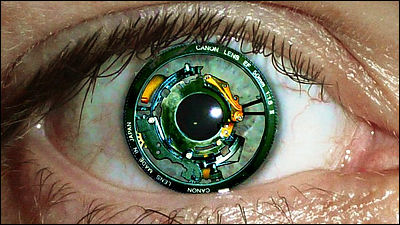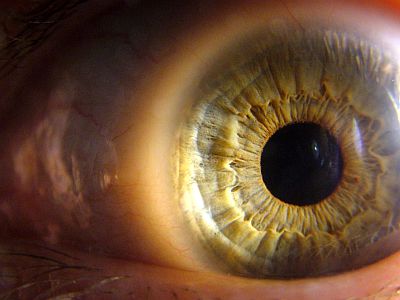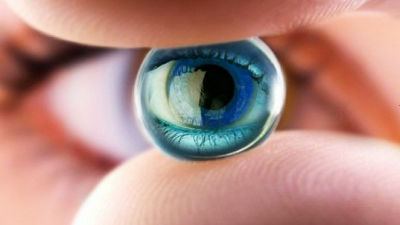A device that embeds it in an invisible person and regains vision "Bio-Retina"

ByVernhart
Age-related macular degenerationEven in patients who were completely blinded by retinal defects such as diabetic retinopathy and the like, a technology was developed that allows you to regain sight with images equal to 576 pixels.
The laser-powered bionic eye that gives 576-pixel grayscale vision to the blind | ExtremeTech
This bio-implant seems to shock the European market after trial testing by various theories and animals.
Implants that restore vision have ever beenSecond SightDeveloped by the companyArgus IIThere is something that is already available in Europe. The cost is about 115,000 dollars (about 9 million yen). Embed the antenna behind the eyeball with a 4 hour surgery. At this time, to send a signal to the antenna put on the camera mounted glasses. The antenna is wired to the retina by about 60 electrodes and produces an image equal to a 60 pixel display so that the brain can make a decision. According to the first patient using Argus II, using this implant you can see the general shape of the object and the flow of movement and you can read large letters.
And newlyNano RetinaDeveloped by the company is an implant called Bio-Retina. The cost of Bio-Retina is around 60,000 dollars (about 4.7 million yen), it is lower cost than Argus II, and it uses visual acuity restoration sensor instead of the camera mounted in eyeglasses.

The mechanism of Bio-Retina can be seen from the following demonstration movie.
Nano Retina - Sight restoration, produced by Virtual Point - YouTube
The implant looks something like this. It is the size to ride a little on the finger.

Bio-Retina is placed inside the eye, above the retina, surgery is done in about 30 minutes using local anesthesia.


Essentially, patients with age-related macular degeneration and diabetic retinopathy are sensitive to light in the retinaConeYaRodCell functions such as stop has been stopped.

Bio-Retina is a 576 pixel, 24 x 24 resolution sensor and when placed on a damaged retina, 576 electrodes behind the sensor are connected to the optic nerve.


The embedded image processor is designed so that the braingrayscaleConvert pixels to electric vibrations so that you can perceive the difference between them.



The Bio-Retina system employs a set of lenses as soon as the implant is implanted. Through this irisNear infrared rayIt is remodeled so that the laser beam can be launched into the sensor behind the eyes, and the sensor outputs accordingly.

The sensor has a photovoltaic cell, which produces electricity of up to 3 milliwatts. Infrared lasers are invisible to the eyes and there is no pain.

Bio-Retina's trial test with the human body is scheduled to begin in 2013, but as in the case of Second Sight, it may take time to approve the US. However, even if you live in the United States you jump into an airplane and come to one of the hospitals in Europe, you can easily undergo surgery. Although no progress has yet been made on encoder chips and sensors that produce colored images, many research groups are studying high resolution bio-eyes with even more electrodes.
Related Posts:







